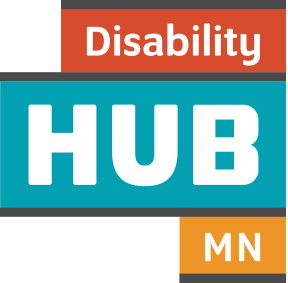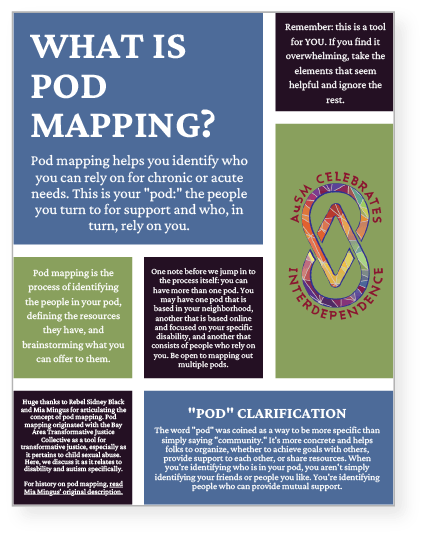Does the youth have self-advocacy, self-determination and self-efficacy skills for independent living?
Youth in Transition Toolkit:
Youth in Transition Toolkit
- Minnesota’s Youth in Transition Framework
- Educate yourself
- Engage families
-
Support youth
- My best life
- In(ter)dependent living
- Employment
- Postsecondary education and training
In(ter)dependent living
Advocacy and supports
Self-advocacy
-
- Awareness: Understand what self-advocacy means for independent living.
- Exploration: Identify strengths, preferences, interests and needs related to self-advocacy for independent living.
- Preparation: Practice self-advocacy skills at home, school and in the community.
- Implementation: Use self-advocacy skills at home, school and in the community.
-
Instruction in self-advocacy
Hear what young people have to say about self-advocacy
Watch this 4 minute video and learn about different environments and experiences where these young people advocated for themselves in work, in school and with family.

LEARN: Develop your knowledge
Learn how to support youth in developing self-advocacy for independent living.
-
Everyone needs to rely on others for help in their daily lives sometimes. Knowing who to go to for support can help people self-advocate and get their needs met. Pod mapping is a practice that helps someone identify who they can lean on when they need help. Read this introduction to pods and pod mapping from the SOIL Transformative Justice Collective to learn more about how this practice can be used.

DO: Work with youth
Find resources to help youth explore self-advocacy for independent living.
-
Youth can complete this pod mapping activity (PDF) created by the Autism Society of Minnesota to help them identify who they can go to for support when they need help and how they can offer that support to others too.

